- Color for the Real World: Introduction
- Chapter 1: Color Systems
- Chapter 2: Color Nomenclature
- Chapter 3: Color Dynamics: Color Alchemy
- Chapter 4: Color Meaning: Color Symbolism
- Chapter 5: Color Harmony
- Chapter 6: Color for the Consumer
- Chapter 7: Color Trends and Forecasts
- Chapter 8: Color Exercises
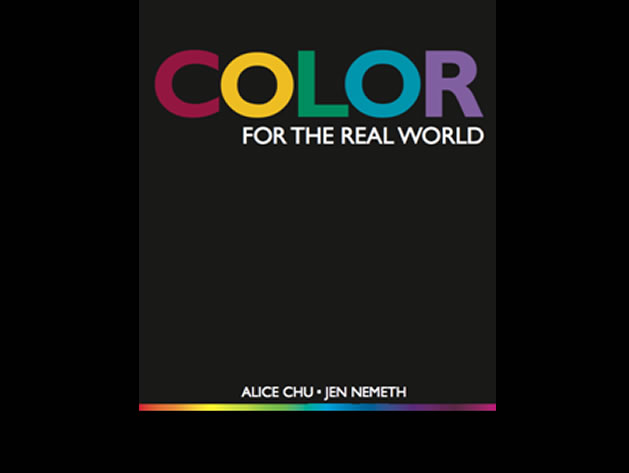
Color for the Real World
A Textbook and Student CD and an Instructor’s Edition including a DVD with a 15 Week Lesson Plan
Authors: Alice Chu and Jen Nemeth
Globalization and cultural diversity demand universally understood principles of color and design. The objective of this book is to explicate color theory in a visual language applicable to all design disciplines.
Color for the Real World is a textbook, a lab manual and an eResouce for students of design including fashion design, interior design, communication design, textile design, product design and illustration.
The book has an expanded written text coordinated with student and instructor modules created with digital media.
The comprehensive current and global images are color inspiration. The modules’ digital format is a rich, timely and contemporary way to elucidate the content and induce a dramatic learning environment.
View the following selection of sample chapters.
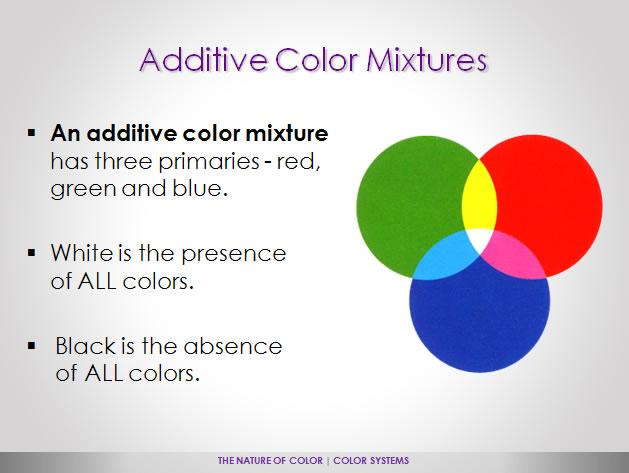
The Nature of Color | Color Systems | Why Study Color?
- Color is a powerful design element. It impacts every design decision. In buying decisions, from pencils to automobiles, color predominates.
- Design success may be due more to color than to any other design element.
- The designer uses color for prediction and specification, for coordination, promotion, identification and expression.
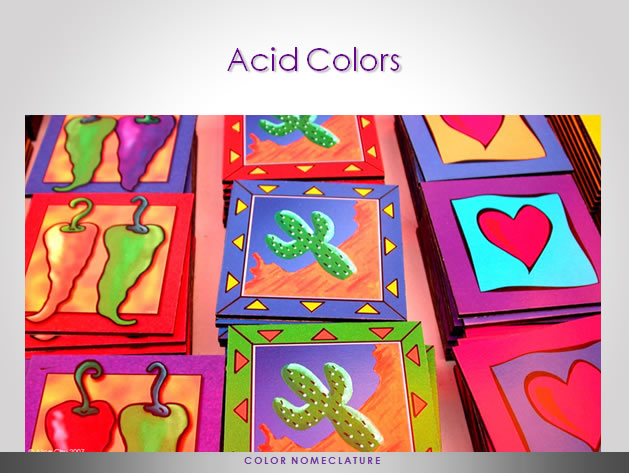
Color Nomencature | Acid Colors | Color Families
- There are many ways to see and talk about color. With shared characteristics colors can often be grouped in families.
- Some common color families are acids, brights, brilliants, jewel colors; hot, cold, warm; pastels, tints, tones, shades; primaries, secondaries, tertiaries; seasonal families (spring –tints, summer – hues, autumn – shades , winter – tones); spectrum colors and metallics.
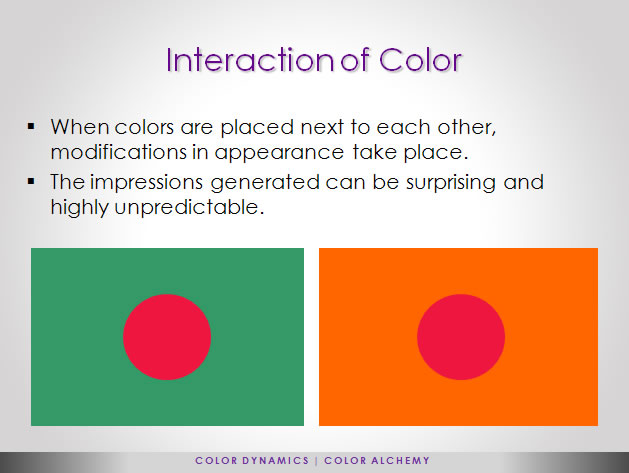
Color Dynamics | Color Alchemy | Afterimage
- An afterimage is a sensation of color.
- After prolonged exposure to a particular hue, the fatigue produced in the nerve endings of the eye will produce an afterimage in a complementary hue.
- For example, viewing red for a prolonged period of time will produce a green sensation. Afterimage is a visual image that persists after the visual stimulus is removed.
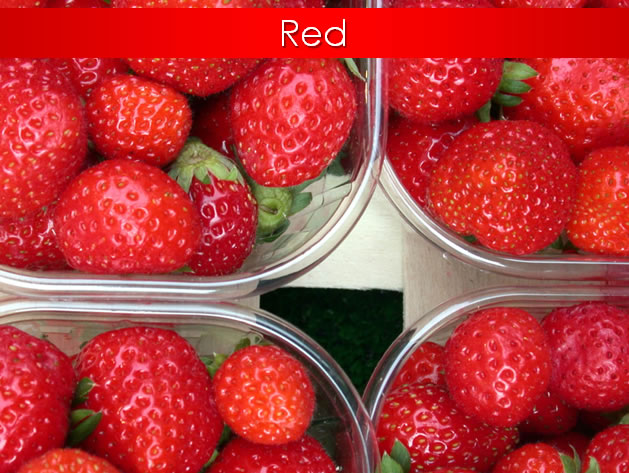
Color Meaning
- Colors have a wide range of both positive and negative associations.
- Language and culture modify our reactions to color.
- The effect varies with the hue, the value and the intensity. .
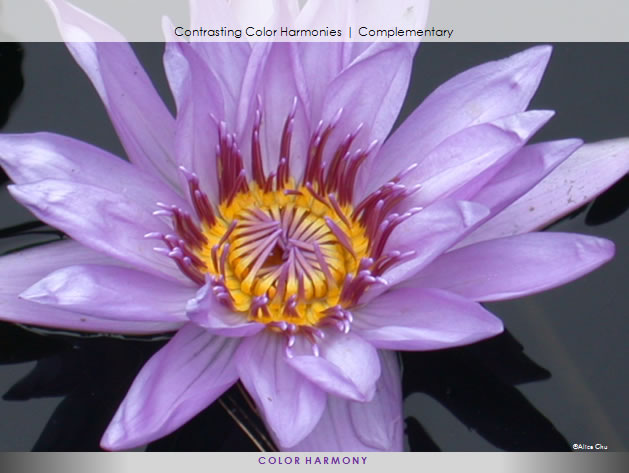
Color Harmony | Harmonies Based on the Color Wheel
Related Color Harmonies
- Monochromatic color schemes
- Analogous color schemes
Contrasting Color Harmonies
- Complementary color schemes
- Split complementary color schemes
- Double complementary color schemes
- Triadic color schemes

Color and Personal Expression
- Every individual has a unique “color signature”, an innate color sense that is apparent in her color expression.
- The colors that attract and express us have powerful emotional content.
- What is your color signature? .
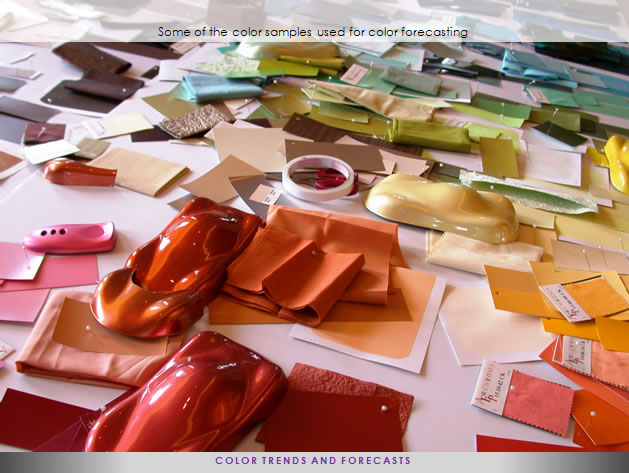
Color Trends and Forecasts
- Color information comes from many sources:
- Fiber/textile producers and their associations are the earliest part of the production cycle. They research and communicate color directions.
- Examples: Dupont, Cotton Council. Color forecasting services predict trends and overall color directions 18 to 24 months before the retail season. They are used by manufacturers, designers, retailers and publicists.
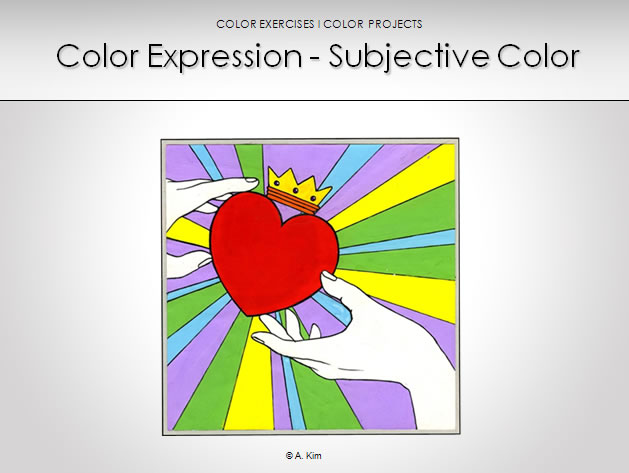
Color Exercises
“I hear and I forget, I see and I remember, I do and I understand. ” Lao-Tze
Students work on an increasinlgy complex variety of projects to reflect elements studied in each chapter throughout the semester.